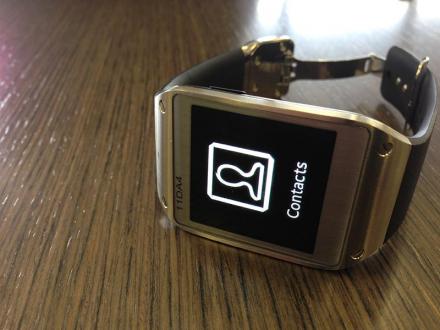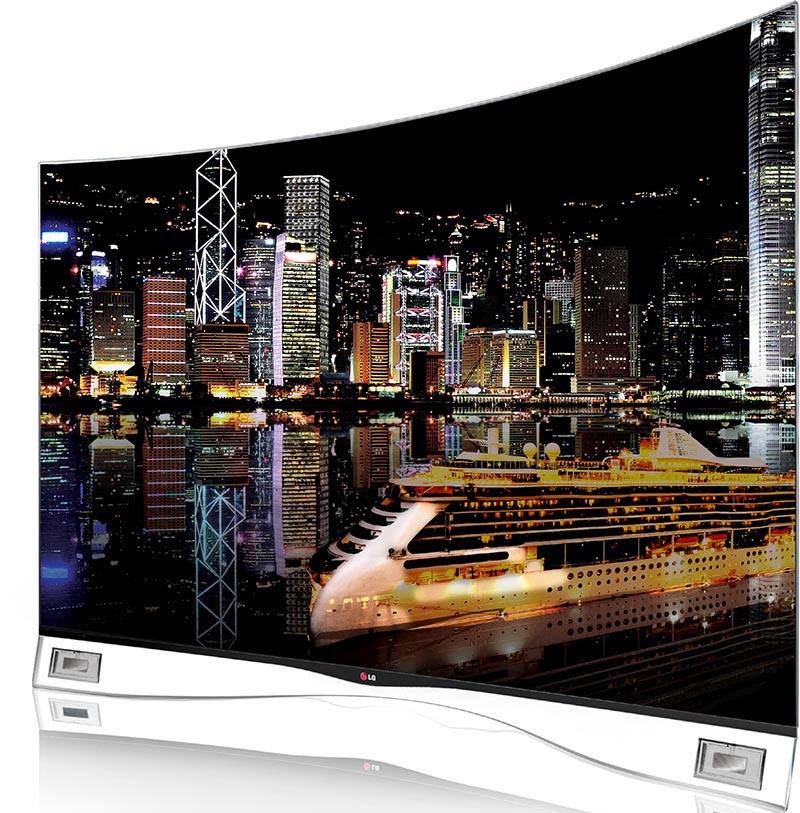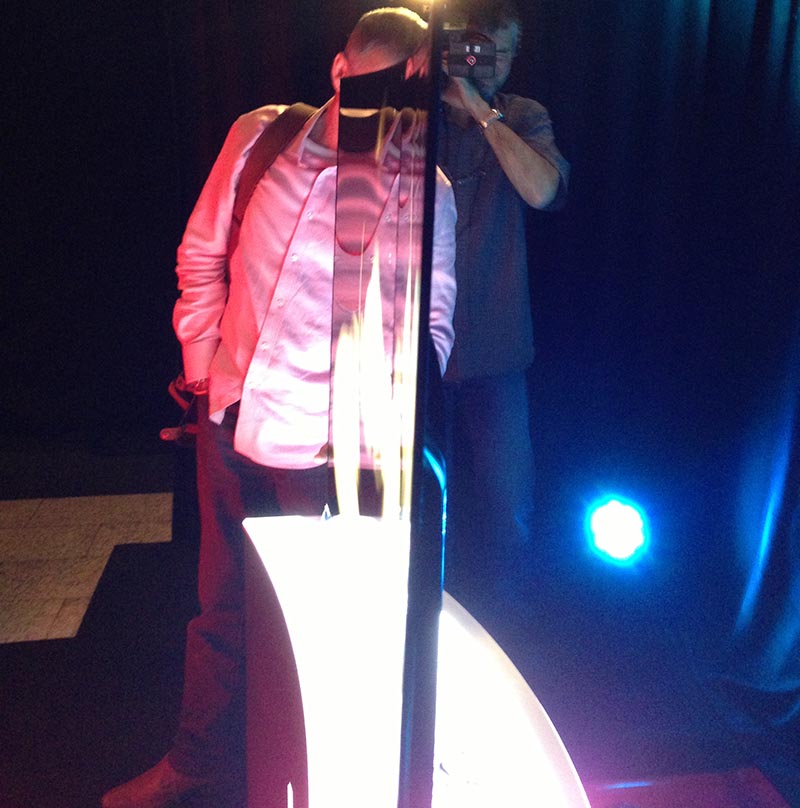It was something of a cracker week for gadgets. Let's take a quick look back.
Tuesday saw NBR ONLINE get a hands-on look at Samsung's Galaxy Gear smartwatch. It's a smartly designed and user-friendly, but I think some will balk at its day-long battery life, and aggressive power-saving mode that sees the screen blank by default (see more, plus photos and videos, here). The Gear will be launched in the first week of October.
The Gear will initially be sold in a bundle with the Samsung's Galaxy Note 3 - a 4G phone that continues the Note's tradition of super-size screens (it ups the anti again, this time to 5.7-inches), while maintaining an ultra thin and light body. It's actually thinner an lighter than the 5.5-inch display Note 2.

The Galaxy Gear
I'm getting the Note 3 for a proper look shortly (it's also due) first week of October. But first impressions are positive.
There's an interesting hardware tweak in that it's the first smartphone to feature a USB 3 jack. That means faster data transfer, and the ability to charge via a laptop or PC roughly as fast as if you plugged into the wall - rather than the lousy triickle charge you get from USB 2 to a laptop. You do need your PC to support USB 3 too. The Verge has more on this feature here.

The Note 3's S-Pen interface has had several useful-looking tweaks - some of which should soon be available as a software upgrade for Note 2 owners, Samsung tells me (Note 1 is more iffy).
You can now sign your name to unlock your phone. Unholstering the S-Pen automatically brings up a dial-shaped "Air Command" menu for quick access to pen-friendly apps.
Simply drawing a rectangle onscreen gives you access to apps capable of hoving over the rest of the screen.
You can now circle an element of a website to scrapbook an image. It's also easier ot annotate images, such as scrawling an arrow and writing a note on a PowerPoint slide.
And you can simply write a person's name and phone number onscreen to add them to your Contacts; the hand writing recognition is pretty sharp.
My initial impression is that with the Note 3, this phone - or phablet - has matured from pen-as-gimmick to pen-as-everyday tool.

ABOVE: Samsung's Organic LED TV has a curved, 55-inch screen.
Wednesday night saw LG launch its latest TVs at an event at TVNZ.
I'd hoped the location would was an indicator LG announced its new TVs have support for the smart TV version TVNZ's Ondemand app, but it wasn't to be (for now, Samsung's Smart TV range has a monopoly on that score).
Nevertheless, TVNZ CEO Kevin Kenrick was there, and it was heartening to see him talking up his company's iPhone and Android apps (along with the web version, they got 4 million streams last month). It's especially intriguing that he's now openly talking about the possibility of paid online content through the popular Freeview, too - something NBR's been nagging him to look at for a while. Coming on the heels of TVNZ's decision to sell down its stake in igloo, it's a promising sign that Mr Kenrick thinks TVNZ should lead, not play lapdog to igloo partner Sky TV. Let's hope he follows through.
Back to LG - did get to see the company's new curved screen organic LED TV (see LG's official pic above, and my amateur launch event snap below).
Marketing manager [[check title]] Glen Chean [[spelling]] told NBR the curved design is based on the premise the human eye doesn't see lines as straight, but bent at 4.7 to 5 degrees.
The curved screen is billed as more immersive - particularly if you're watching 3D.
I'm still in two minds about the curved design. I'd have to spend a bit more time with it to gage if it works if you're viewing from an angle, rather than the front-and-centre money seat.
But I'm immediately sold on the quality. Organic LED is a completely new type of display to compete with plasma and LCD (unlike LED TVs, which are LCDs with LED back or side lighting).
OLED requires no backlighting because each diode creates its own light. The result is a super-slim TV. The LG's edges are thinner than a smartphone (although it bulges more toward the centre where other electronics are held; it's got all the mod-cons, from wi-fi to 3D).
There's a broad critical consensus that OLED produces a stunning picture; it's just that it hasn't been that economic or practical to produce large panels before.
"Economic" is a relative term here. LG's 55-inch, curved screen model is selling for $16,999.
In a parallel universe where I had a $25,000 budget for buying a new telly, I'd go for an OLED high definition (HD) model over an ultra high definition (UHD) one such as LG's 84-inch, $24,999 LED (now retailing for $19,999). A UHD set - which offers four times the resolution of HD - looks looks stunning with demo footage. But demo footage is all you've got. It could be years before TV broadcasters and movie streaming services offer UHD content.






